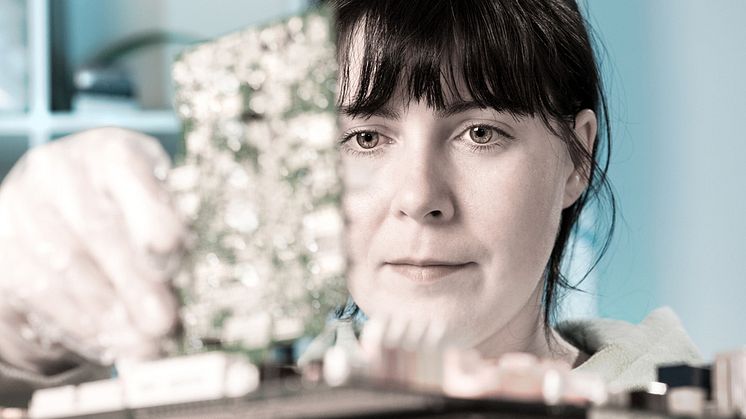
News -
Pay is just one aspect of disadvantage for women on the labour market
The equal treatment of women and men has been a fundamental principle of the European Union since its inception, but women in Europe still earn on average 16.2% less than men. Tomorrow, Saturday 3 November, marks the moment in the year when women symbolically stop getting paid compared to their male colleagues.
Addressing the gender pay gap is an issue of utmost priority for Europe, and pay inequality is an important aspect of Eurofound’s work. Earlier this year we released the Pay transparency in Europe report, which reviewed experiences of pay transparency instruments in Austria, Denmark, Sweden and Finland. It pointed to a ‘bumpy ride’ in terms of compliance, and highlighted room for improvement in engaging employee representatives and in raising employees’ awareness.
Unfortunately pay is just one area in employment where women face disadvantages. Getting onto the labour market itself is an issue, not just for the women that are unemployed or underemployed, but for Europe as a whole. The 2016 Gender employment gap report showed that when foregone earnings on the labour market, missed welfare contributions and additional public finance costs are taken into account, the total quantifiable cost of the lower female employment rate is estimated to have been around €370 billion in 2013, corresponding to 2.8% of the EU’s GDP.
Women who do make it on the labour market not only grapple with pay inequality, but also the issue of the glass ceiling. The Women in management policy brief, released last month, highlighted that, on average, women still make up just 36% of all managers in Europe, and despite some progress in recent years, men outnumber women in management positions in most sectors. The women that do make it into management are more likely to be in precarious leadership positions that have a higher risk of failure - either because they are appointed to lead an organisation or team that is in crisis or because they are not given the resources and support needed for success.
These inequalities don’t just impact women throughout their working lives, but also well into retirement. The gender pension gap in Europe currently stands at 36.6%, and women in Europe express more concern than men when it comes to having enough income to make ends meet in old age, an issue that is underscored in the new policy brief of Social insecurities and resilience.
Gender inequalities in labour markets in Europe are multifaceted, but they are by no means intractable. The European Commission has launched an EU Action Plan for Tackling the Gender Pay Gap for 2018-2019, and has focused on the gender elements of work-life balance. There are notable improvements in women’s labour market participation in the last decade, although progress is slow. Eurofound remains committed to providing the research and information required in order to address gender inequalities in all its forms.
Notes to the Editor
Eurofound produces extensive research on various aspects of the labour market, including gender inequalities in relation to pay, employment, career progression and work-life balance. Get an overview of the different aspects on our gender equality page.




